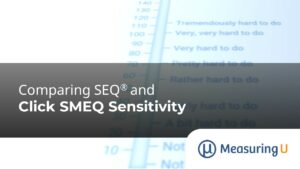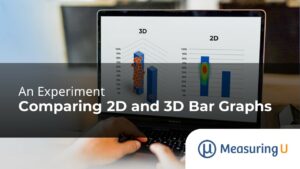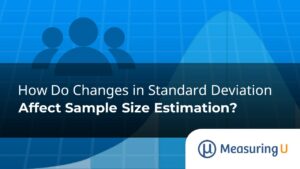
UX and NPS Benchmarks of Home Furniture Websites (2024)
Choosing furniture, whether you’re moving into a new home or just updating your space, can feel like a daunting task. Spending hours browsing one furniture store after another may be overwhelming and time consuming. Many shoppers are skipping the brick-and-mortar furniture stores and turning to the web in search of stylish and competitively priced furniture








